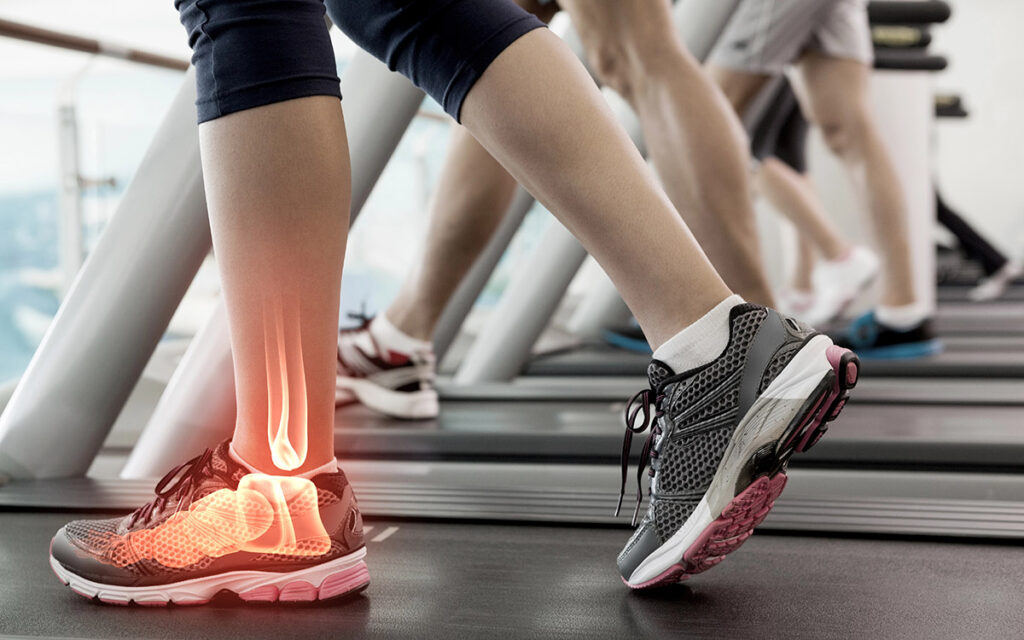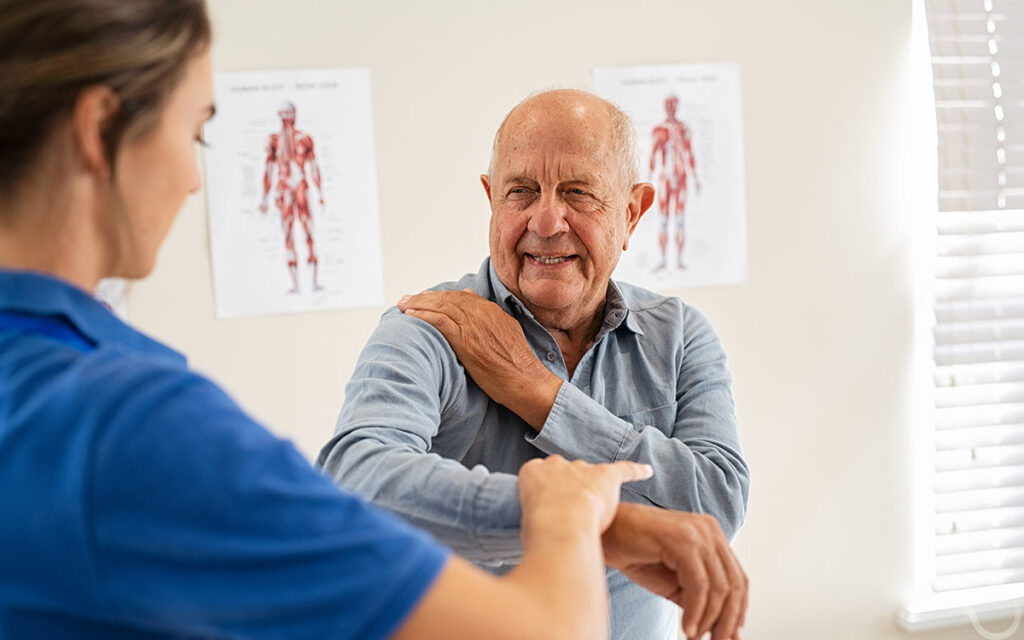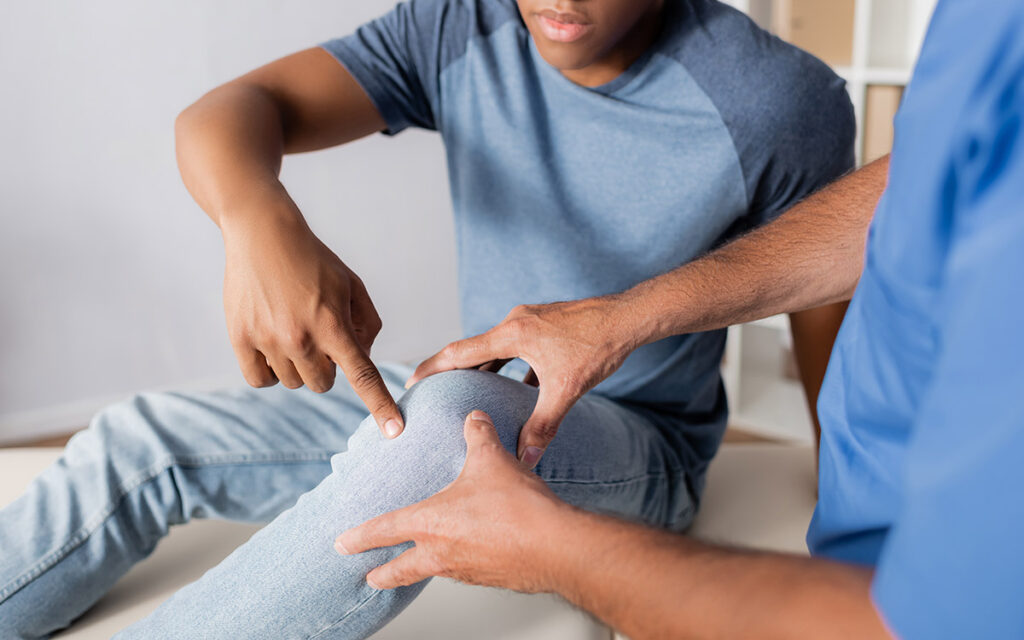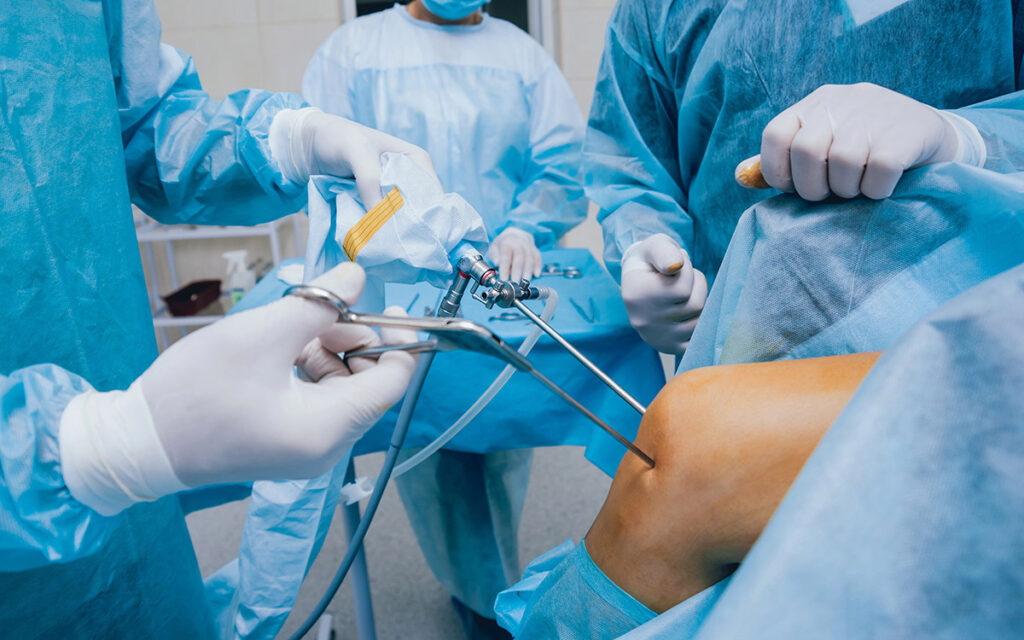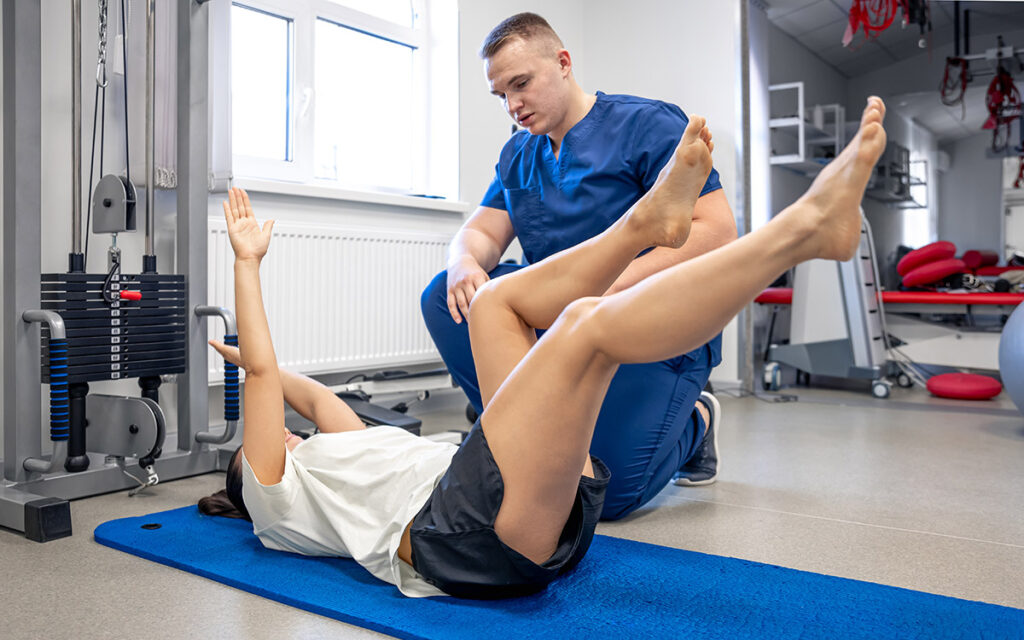Shoulder reconstruction surgery can be a daunting prospect, not just because of the surgery itself but also due to the recovery that follows. Whether you’re an athlete looking to return to sport or someone struggling with daily activities due to shoulder pain, understanding the recovery timeline and what measures can aid in your rehabilitation is crucial. This blog post aims to demystify the recovery process after shoulder reconstruction, providing you with a detailed roadmap of what to expect and how to best support your healing.
At Oak Tree Orthopedics, we are committed to supporting our patients through every step of their recovery, ensuring you regain maximum functionality and comfort.
1. Immediate Post-Operative Phase
The first few days after surgery are critical for setting the stage for a smooth recovery. During this phase, managing pain and preventing complications is paramount.
- Pain Management: Immediately after surgery, you’ll be given pain relief medications. It’s essential to follow the prescribed pain management plan to stay as comfortable as possible.
- Initial Care: Keeping the surgical area clean and dry is crucial. Follow your surgeon’s instructions on how to care for your wound and when to start using ice packs to reduce swelling.
- Mobility: Depending on the type of surgery, your arm may be immobilized in a sling for several weeks. Limited movement helps the tissues heal without being disrupted.
2. Rehabilitation and Physical Therapy
Rehabilitation starts soon after surgery, often within a few days, under the guidance of a physical therapist. This stage is crucial for regaining strength and mobility in your shoulder.
- Early Exercises: Initially, therapy will focus on gentle passive exercises to help maintain the range of motion in your shoulder joint without straining the healing tissues.
- Progressive Strengthening: As healing progresses, you’ll start active-assistive exercises, gradually moving to active exercises. These exercises are designed to strengthen the muscles around the shoulder and improve flexibility.
- Functional Training: The final phase of physical therapy involves more strenuous exercises and activities that simulate your daily tasks or sports-specific motions to ensure you can return to your regular activities safely.
3. Long-Term Recovery and Maintenance
Full recovery from shoulder reconstruction can take several months to a year, depending on the extent of the surgery and your body’s healing response.
- Continued Exercise: Even after formal physical therapy ends, continuing with an exercise regimen is vital to maintain the strength and mobility of your shoulder.
- Regular Follow-ups: Regular visits to your orthopedic surgeon are essential to monitor your shoulder’s recovery and catch any potential complications early.
- Lifestyle Adjustments: Depending on the complexity of your surgery, you might need to adjust how you perform certain activities or engage in sports to prevent future injuries.
Conclusion:
Recovering from shoulder reconstruction is a journey that requires patience, dedication, and adherence to your medical team’s advice. At Oak Tree Orthopedics, our goal is to guide you through each step of this journey, helping you to achieve the best possible outcome from your surgery. Remember, every recovery pathway is as unique as the individual, and staying informed and engaged in your recovery process is key.
FAQ’s
How long will I be in pain after shoulder reconstruction?
While acute post-operative pain diminishes significantly within the first few weeks, some discomfort may persist as you increase your activity level during rehabilitation.
When can I return to work after shoulder surgery?
This depends on the nature of your job. Office workers may return within a few weeks, whereas those in physically demanding jobs might need several months.
Can I drive after shoulder reconstruction?
Driving is not recommended until you have sufficient control of your arm and are no longer taking pain medications that impair your ability to drive, typically 6 to 8 weeks post-surgery.
What are the signs of complications after shoulder surgery?
Redness, excessive swelling, severe pain, fever, or discharge from the incision site are potential signs of complications and should prompt immediate contact with your surgeon.

